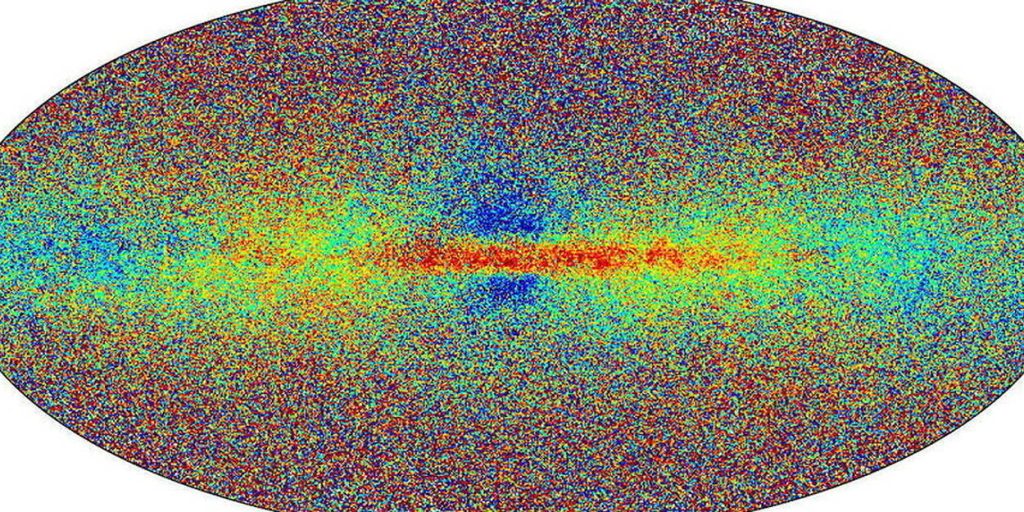against’The new chapter of an extraordinary mission that aims to map the entire Milky Way in 3D. The third edition of the catalog of stars and cosmic objects based on data collected by the European satellite Gaia (DR3), which has been in operation since 2013, has been revealed by the European Space Agency. A wealth of information was immediately made available to the entire world scientific community, which would spend many years extracting the primary marrow. It must be said that it especially contains completely new data and improved measurements for nearly two billion stars!
weird shivers
Chemical composition, temperature, colours, mass, age, distance, and speed with which stars are moving away from or approaching us (radial velocity) are all characteristics that draw true identity cards for these stars (1.8 billion) and attest to the structure. And the past history of our galaxy. And that’s not all, because Gaia’s DR3 also constitutes the largest catalog of binary stars (813,000), variable stars (10 million), and solar system bodies such as asteroids (156,000) or moons of planets (31), but also other galaxies (2.9 million) and quasars The stars (1.9 million) lie outside the Milky Way.
Read alsoOnce upon a time there was the Milky Way …
In all this scientific wealth yet to be tapped, the Gaia mission team has already made some discoveries. The coolest of them relates to the stars. Data from the European satellite clearly indicates that thousands of stars are driven by strange vibrations and large-scale stellar earthquakes that change their general shape like a tsunami and that current theories do not take into account. The subsequent study of these disturbances is likely to reveal much about the inner workings of these stars.
cosmic archeology
Thanks to the chemical composition of stars, data that were first incorporated into the Gaia catalog, scientists were also able to draw the largest chemical map of the galaxy. Enough to immerse yourself in HD cosmic archeology! To understand this, you need to keep in mind that when the first stars in the universe formed, there was only hydrogen and helium in the universe. Little by little heavier elements form in the cores of stars, and each releases new compounds by exploding at the end of their lives. Then, allowing these elements to be incorporated into the next generation.
Read alsoWhy is the Earth so small?
Data from Gaia shows that our Milky Way is home to both very old stars made of primordial matter, while others, like our Sun, are made of more complex matter, enriched by previous generations of stars. But each other’s position can say a lot, not only about the structure of our galaxy, but also about its history! What we can say at this point is, on the one hand, that the stars closer to the center and plane of the Milky Way are richer in minerals – and therefore smaller – than those at a greater distance and that, on the other hand, some of them originally come from galaxies other than our own. Finally, Gaia also discovered mysterious large particles in interstellar space… Suffice it to say that science has its work cut out!

“Music guru. Incurable web practitioner. Thinker. Lifelong zombie junkie. Tv buff. Typical organizer. Evil beer scholar.”






More Stories
A large manufacturing project awaits space in the industrial zone
According to science, here are officially the two most beautiful first names in the world
Green space, 100% pedestrianized: DIX30 reinvents itself